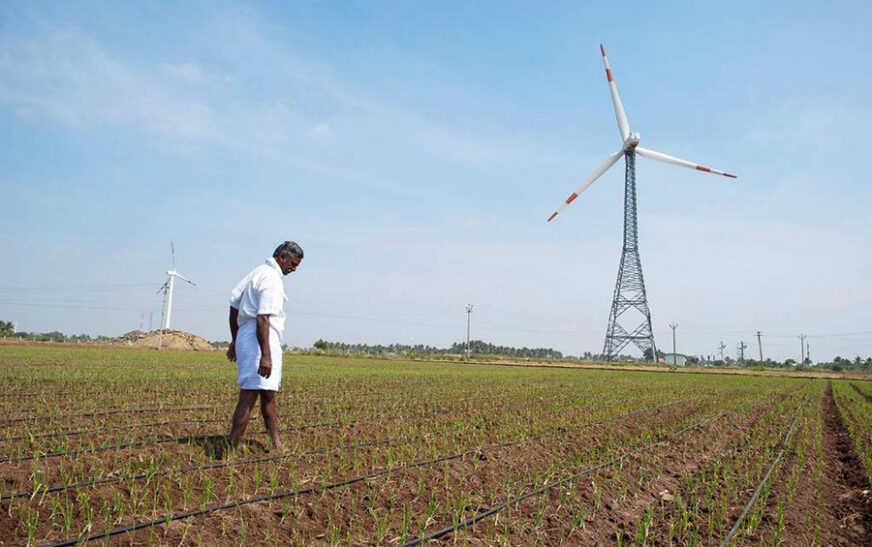Understanding the Potential of DRE Technologies
Decentralised renewable energy (DRE) technologies have emerged as a promising solution to empower rural communities in India, particularly in the context of small businesses and microenterprises. Despite significant progress in rural electrification, the quality and reliability of electricity supply remain major challenges, hindering economic activities. DRE projects, which focus on generating electricity from renewable sources at or near the point of use, offer a viable alternative to traditional energy systems.
Transforming Rural Businesses with DRE
DRE technologies hold immense potential to revolutionise the way rural businesses operate. By providing reliable and sustainable energy solutions, DRE enables small businesses and microenterprises to overcome the limitations imposed by erratic electricity supply. Appliances such as irrigation pumps, refrigerators, food processors, and cold storage units can now be powered using renewable sources like solar, biomass, or wind energy. This transition not only enhances operational efficiency but also reduces income losses and on-farm waste, thereby fostering economic growth and sustainability.
Case Studies: Lalita Devi and Ramesh Khangoudar
Lalita Devi, a banana farmer from Uttar Pradesh, transformed her business by adopting refrigeration technology powered by biomass. By eliminating dependence on unreliable electricity supply, Lalita significantly reduced post-harvest losses, leading to a substantial increase in her annual turnover. Similarly, Ramesh Khangoudar, a farmer from Karnataka, leveraged solar-powered technology to process his crops post-harvest. With support from government schemes like PM Formalisation of Food Processing Micro Enterprises (PMFME), Ramesh established a successful agro-processing business, showcasing the transformative impact of DRE on rural livelihoods.
Government Initiatives and Policy Frameworks
Recognising the potential of DRE technologies, the Indian government has introduced several initiatives to promote their adoption. The Ministry of New and Renewable Energy (MNRE) released a comprehensive DRE policy framework in February 2021, emphasising the convergence of DRE with livelihood programmes across ministries. Additionally, collaborations with national and local programmes focused on agriculture, rural development, and microfinance facilitate the integration of DRE into existing livelihood initiatives, thereby enhancing access to clean energy and economic opportunities in rural areas.
Addressing Challenges and Gaps
Despite the promising prospects, the widespread adoption of DRE technologies faces several challenges:
- High Costs: DRE-powered solutions are capital-intensive, posing affordability barriers for micro-entrepreneurs. Access to financing and credit facilities is crucial to enable the adoption of DRE technologies among rural communities.
- Buyer Hesitation: Lack of awareness and confidence among buyers often impedes the adoption of DRE technologies. Manufacturers need to enhance local availability and provide demonstrations to instil trust and encourage adoption.
- Limited Training: There is a dearth of skill training modules for DRE livelihood technologies, hindering their mainstreaming. Capacity-building initiatives and technical support are essential to facilitate the effective use and maintenance of DRE solutions.
- Market Linkages and After-Sales Support: Establishing market linkages and providing after-sales services are critical to ensure the long-term sustainability of DRE-based enterprises. Localised support networks for repair, maintenance, and market access are imperative to address user needs effectively.
Role of Grassroots Nonprofits in DRE Adoption
Grassroots nonprofits play a pivotal role in bridging the gap between DRE technologies and rural livelihoods. By leveraging their existing networks, these organisations can raise awareness, facilitate financing, establish market linkages, and provide skill training for DRE adoption. Collaboration with stakeholders and social enterprises further enhances the reach and impact of DRE initiatives, fostering sustainable economic growth and environmental conservation in rural India.
Conclusion: Collaborative Path to Sustainable Livelihoods
The integration of DRE technologies into existing livelihood initiatives holds immense promise for rural development and environmental sustainability. Policymakers, social enterprises, philanthropists, and grassroots nonprofits must collaborate to overcome barriers and scale up DRE adoption. By harnessing the collective efforts of stakeholders, India can accelerate its transition towards net-zero emissions while creating dignified economic opportunities for marginalized communities, thus building a brighter and greener future for all.










